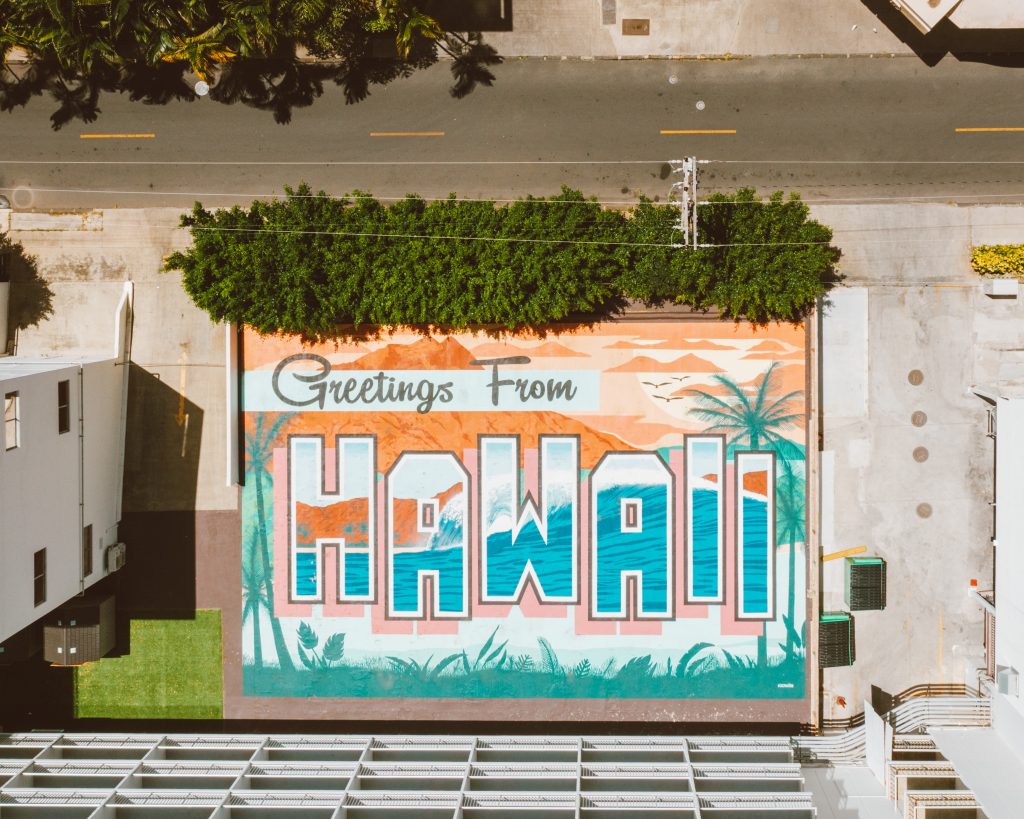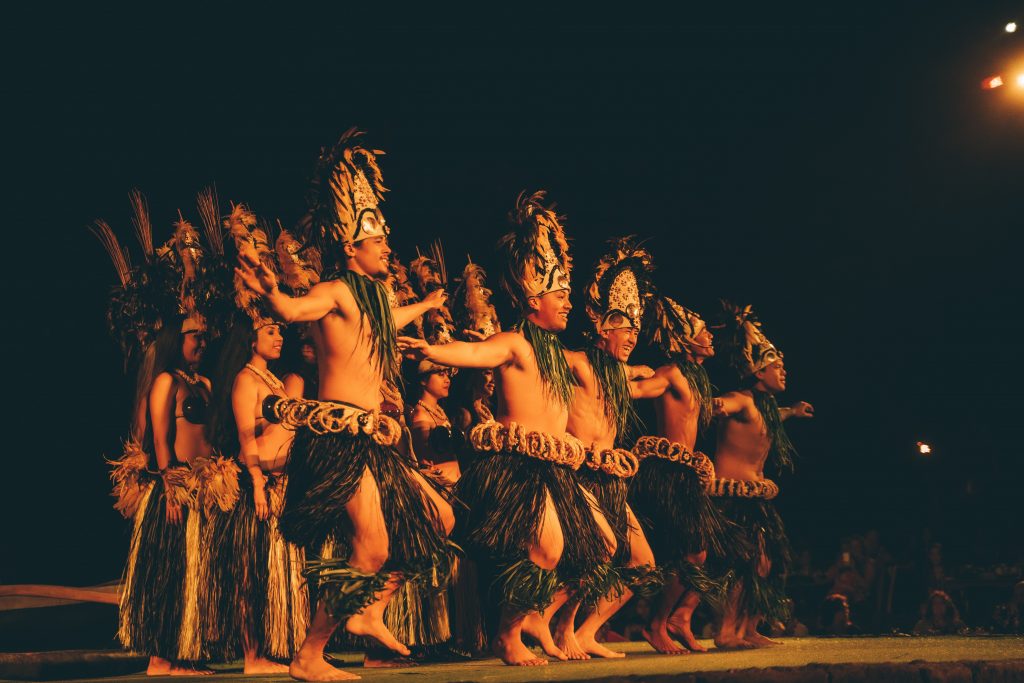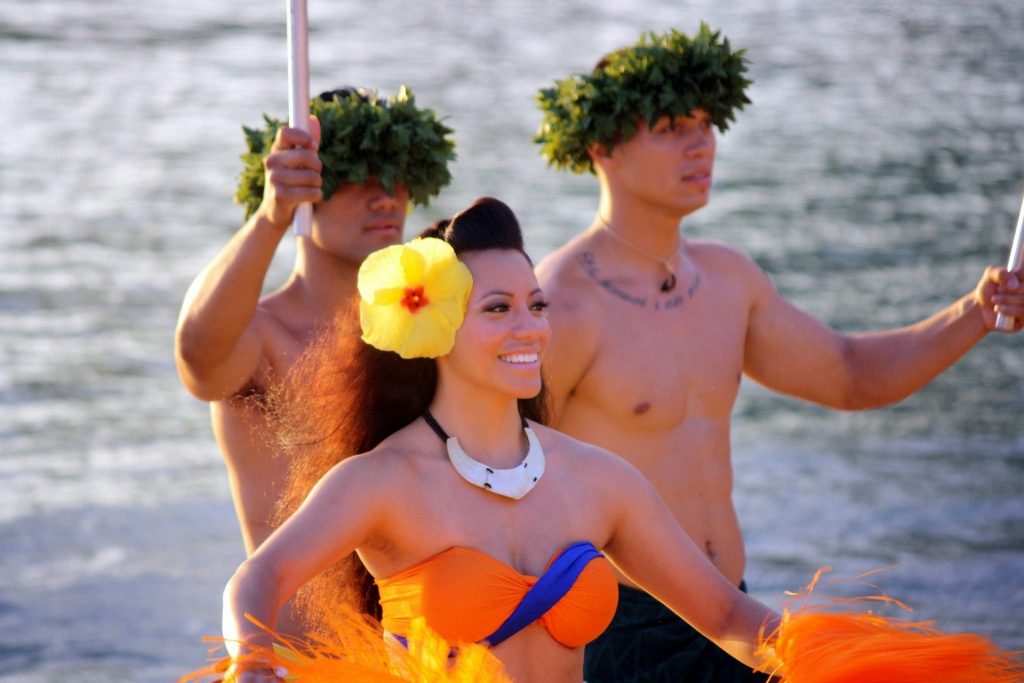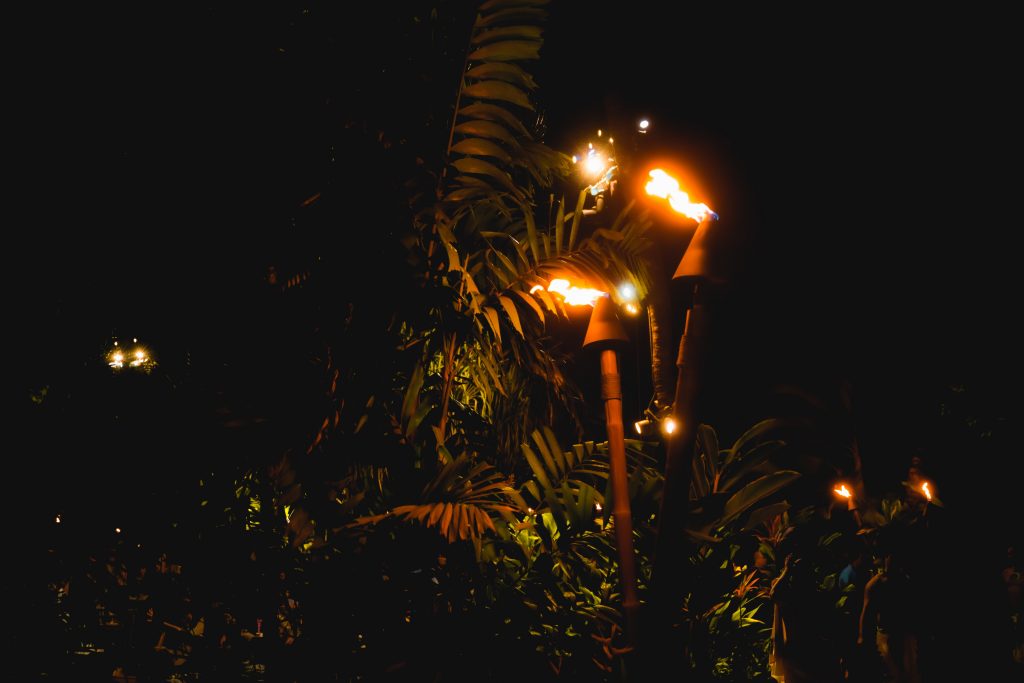Exploring the Coolest and Most Popular Sentences in The Hawaiian Language

Aloha mai kākou! Welcome to an exciting journey into the world of the Hawaiian language, one of the most melodious and fascinating languages on Earth. As we dive into this article, we’ll explore the coolest and most popular sentences that reflect the rich culture, history, and traditions of the Hawaiian people.
“E komo mai”
Our first sentence, “E komo mai,” encompasses the true spirit of Hawaiian hospitality. Literally translating to “come in,” this phrase warmly invites visitors to enter, offering a sense of immediate inclusion into the local community.
“Mahalo nui loa”
One cannot talk about popular Hawaiian phrases without mentioning “Mahalo nui loa” meaning “thank you very much.” Discover the origins of this heartfelt expression and the importance of gratitude in Hawaiian culture. Explore different situations and contexts where the phrase is often used, such as in daily interactions, on special occasions, and even in expressing appreciation for the natural beauty of the islands.
“Mele Kalikimaka”
Known worldwide as the Hawaiian way to say “Merry Christmas,” “Mele Kalikimaka” is a catchy phrase that instantly brings joy and holiday spirit. Dig deeper into the fascinating history behind this unique translation of the familiar Christmas greeting and explore how Hawaiian culture celebrates the holiday season.
“Aloha ‘oe”
“Aloha ‘oe,” meaning “farewell to you,” is a beautiful and poetic phrase often associated with bidding farewell or saying goodbye. Learn about the historical significance of this phrase and its connection to the famous song by Queen Liliʻuokalani. Discover the different contexts where “Aloha ‘oe” is used and its role in conveying emotions of love, loss, and nostalgia.
“Ohana” Means Family
“No one gets left behind or forgotten,” as famously quoted in the Disney movie “Lilo & Stitch.” Delve into the deeper meaning of the word “ohana” (family) and its significance in Hawaiian culture. Explore the idea of extended family, inclusiveness, and the importance placed on strong bonds between relatives and loved ones.
“Hana hou“
“Hana hou” translates to “encore” or “do it again,” and has become a rallying cry at Hawaiian events, shows, and even sports matches. Learn about the origins of this exhilarating phrase, its cultural significance, and how it promotes unity and enthusiasm among participants and spectators alike.
In this article, we’ve explored some of the coolest and most popular sentences in the Hawaiian language. From warm greetings to heartfelt expressions of gratitude and festive holiday wishes, each phrase carries a unique cultural significance. We’ve witnessed how Hawaiian language, with its musicality and rhythm, weaves its way into the daily lives of the people, reflecting their strong sense of community, respect, and appreciation for nature.
Next time you visit the enchanting islands of Hawaii, embrace the opportunity to learn and utilize these popular Hawaiian sentences. By using these phrases, not only will you enhance your travel experience, but you’ll also pay tribute to the rich heritage of the Hawaiian people. Immerse yourself in the beauty of the culture, aloha spirit, and the linguistic treasures that make the Hawaiian language so fresh and cool.
What is a Hawaiian Luau?
A luau is a celebration, party, or get-together that is traditionally associated with Hawaii and the Polynesians.
The celebration includes live music, arts and crafts displays, traditional games, and traditional Hawaiian fares such as pork, fish, taro corms, and desserts made with coconut milk.
The Luau is a highly distinctive celebration with lots of traditional cuisine and entertainment, much to the joy of all attendees.
Colors, happiness, folklore in the Polynesian manner, friendliness, participation, and a sumptuous meal!
Hula dancers with their vibrant costumes, torches, spears, a plethora of “Lei” garlands, music, drinks, and scenographic cuisine (such as the ever-present pork cooked in the sand).
While some feel that today’s luaus have grown overly commercialized, we think that the combination of these aspects makes for a wonderful experience that captures the spirit of Hawaii.

A little bit of History
The term “luau” is a modernization of the phrase “gathering feast,” aha’aina (or pa’ina).
Men and women dined separately in this Hawaiian aha’aina in the early 19th century, and only Hawaiian leaders were permitted to eat certain dishes.
In ancient Hawaii, religious reasons prohibited women from having meals with males; also, some unique delicacies or dishes offered on special occasions were restricted to them.
Therefore, before the entrance of the Protestant missionaries, the term “luau” had a different meaning, referring to the main course served at these royal Hawaiian parties: “chicken cooked in coconut milk with taro.”
These religious restrictions were lifted by King Kamehameha II in 1819, and he also started eating with women. The Luau came its existence at this very moment.
The food was served on long leaves of the taro plant, and they ate while seated on mats on the ground throughout the event (a tuber similar to potatoes, but purple in color and very healthy).
The Luau was the dish that was most popular and gave the celebration its name since it was made with taro and chicken (or octopus) that was cooked with coconut milk.
King Kamehameha III organized one of the biggest Hawaiian luaus ever in 1847.
There were 482 huge gourds packed with poi, 3125 saltwater fish, 245 coconuts, 1,820 freshwater fish, 4,000 taro plants, and 271 pigs at the gathering.
Today in Hawaii the concepts of luau and party overlap, so much so that they are used as synonyms: therefore, there are, for example, the graduation luau, the birthday luau and the wedding luau.
Every guest at a luau wears a traditional Hawaiian lei, and the celebration has always been social, cultural, spiritual of social, cultural, spiritual, and fun.
They have found a way to transcend the confines of this Pacific Ocean archipelago and have developed into a global representation of camaraderie, amusement, goodwill, and sharing.
Almost location in the globe has luaus, especially during the summer.

Where to attend a Luau?
A luau-themed party can be held anywhere as long as it is outside in a public area.
It can be kept as a public or private memento on the beach, at home, in a forest, or garden.
Make sure to dress comfortably if you’ve been invited to a luau by donning Hawaiian shirts, blouses, shorts, summer pants, and sandals.
People host luaus for a variety of reasons.
Good personal reasons include getting married, having a child, celebrating a wedding anniversary, or recovering from illness.
But these informal celebrations will also center on a profitable commercial venture, a significant group accomplishment, or a healthy harvest.
The festival traditionally kicks off with an imu ceremony.
It’s the time when the organizers open the wood-fired oven’s layers of leaves and fabric to reveal the cooked pig.
Poi, Kalua pork, chicken long rice, laulau, lomi lomi fish, haupia, and poke are among the most well-liked luau meals.
The Hawaiian luau becomes a popular tourist destination. In Hawaii, theme parties are frequently held in hotels, cultural institutions, public spaces, beaches, and in other public places.
There are planned luaus on all of the major Hawaiian islands; they frequently occur at sunset on the beach, and the selection of options is truly embarrassing
Large hotel companies including Hilton, Hyatt, Marriott, and Sheraton frequently organize the events.
Of course, not every luau is the same in terms of its qualities and traits. For instance, some luaus focus more on the food and less on the entertainment; some luaus are more “party-loving” and packed; others are more traditional; and so on. In this instance, people take part in hands-on activities using Hawaiian arts and crafts.
Additionally, some luaus cater to younger visitors by providing a separate buffet that includes foods like chicken nuggets and hot dogs.

Book your Luau!
Maui Activities – Kaanapali Sunset Luau | Maui Sheraton Luau in Kaanapali Beach
Maui Activities – Te Au Moana Luau at the Wailea Marriott Resort
